Rail transport in Gran Canaria has so far experienced two attempts at operation. The tram in Las Palmas has been pushed out by the development of bus transport. You can read about the tram in Las Palmas in one of the articles. In the mid-1970s, a new train connection appeared not only within Las Palmas, but also with the south of the island. However, the Tren Vertebrado (TV-2) project survived for only a few months. Let’s take a look at what the Tren Vertebrado or “Train Vertebrate” project was about.
Almost 50 years ago, in 1971, the real estate company Transeuropea S. A. applied to the Ministry of Public Works for a concession for the Las Palmas de Gran Canaria – Gando (airport) – Maspalomas train line. However, it was not a classic railway, but a new unconventional type was to be used for transport, the so-called Vertebrado train. The author of the train was Basque engineer Alejandro Goicoechea Omar, who was, among other things, also the designer of the well-known Spanish Talgo trains.
The idea was born in the late 60’s
The TV-2 project was preceded by Goiceoche’s older proposals. The first idea to build a train was born in the head of this Basque engineer as early as September 1967. Goiceoche founded the limited liability company Trenes Vertebrados. In 1968, the company signed a cooperation agreement with the French company Brissonneau & Lotz, which specialized in the production of metro trains with pneumatic wheels for Paris. The contract was not signed by chance. Goiceochea based his invention on pneumatic wheels, which will be placed on the sides of the set. The basis of the track construction were concrete “rails” placed on pillars, in which the wheels with tires moved and the train itself was suspended between them. The track system was designed by one of the most important Spanish experts in reinforced concrete structures – Carlos Fernandez Casado.

Goiceochea underwent the first rehearsals in 1969. Subsequently, he tried to commercialize his project. For example, negotiations have taken place on the construction of a line between Madrid and Valencia, where travel time of less than two hours would be achieved. They also wanted to transfer the project to some places with inefficient narrow gauge railways, such as the Sant Feliu de Guixol-Girona or Reus-Salou line. But nowhere did he succeed.
A lamp of hope in the Atlantic
The first signs of success did not appear until 1971 in Gran Canaria. The aforementioned Transeuropea company presented the project to the Government of Gran Canaria. In view of the non-negative attitude, the company finally decided to set up a demonstration section on which to demonstrate its intention and thus help to agree with the Las Palmas to Maspalomas line project.
Work on the construction of the above-ground structure began in 1972. Due to the delay in the delivery of train modules by Siemens, the start of operation had to be postponed several times. The individual modules finally arrived on the island aboard the Monte Berretin on May 25, 1974.
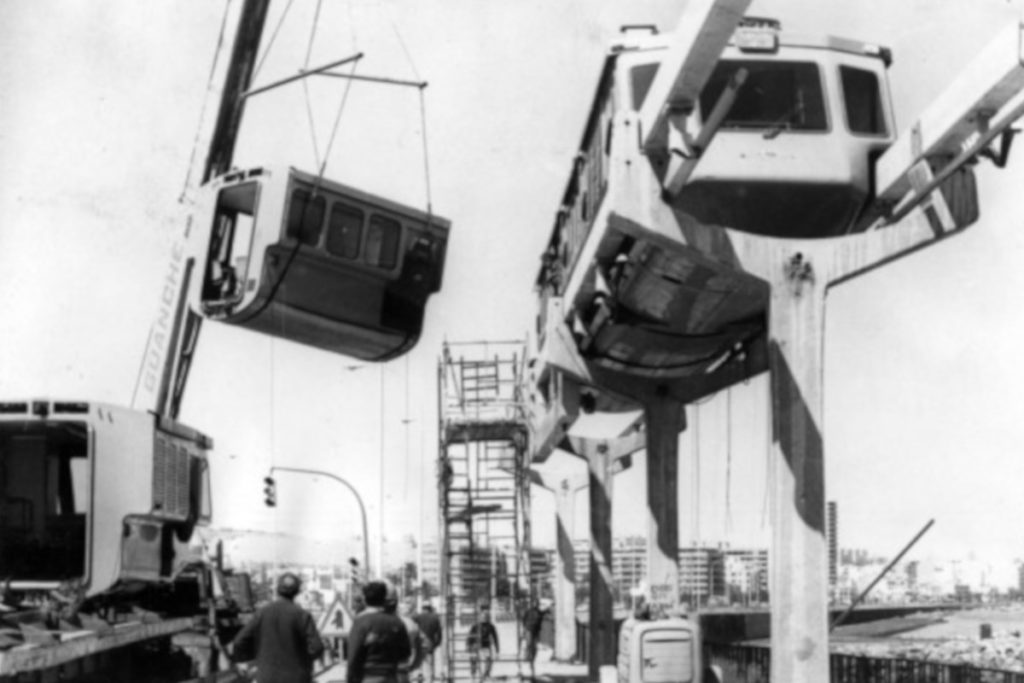
Each of the center elements had eight seats. Each of the wheels on the sides of the module had its own engine with an output of 32 kW and a weight of 90 kg. This arrangement allowed the unit to reach speeds of up to 180 km / h. The connection of the motors enabled the trouble-free operation of the unit even in the event of a failure of any of them.
The first test run on the less than 2 km long test section on the Avenida Maritima coastal road took place on 13 June 1974. The official presentation with government and media representatives took place on 26 June 1974. During the presentation, the units were powered by a portable generator, causing trains to run slowly. Even then, government officials expressed doubts about the project.
Failure or myopia?
Paradoxically, the famous last nail in the coffin gave the project a rapid development of tourism. A strong lobbying group around bus operators, which transported tourists from the port and the airport, presented the problems that the new mode of transport could cause to bus companies. The press also played a role. She started talking about closing Las Palmas to a cage. So she presented the pillars of the new railway. Environmentalists who were prevented from cutting palm trees on the railway route also spoke. The whole project finally got a stop.
It didn’t take long and by the end of 1975, all the structures had been demolished and the site restored to its original condition.
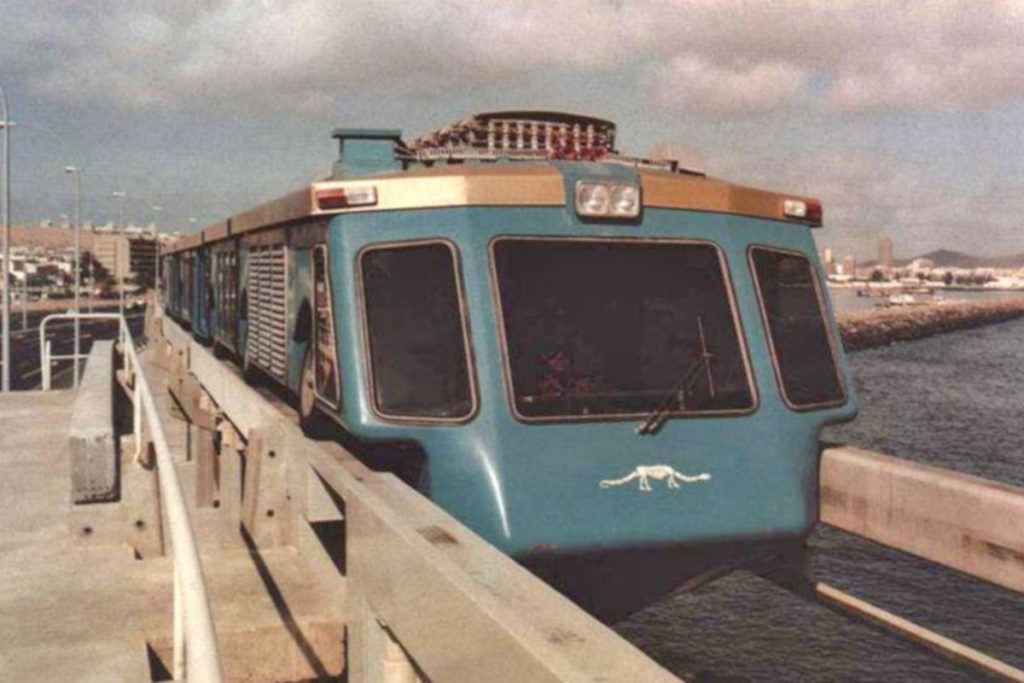
It’s a shame. Gran Canaria could have had one of the most modern railways at the time. The location of the track on the pillars minimized land use. The construction of vehicles with wheels located in the upper half of the train eliminated derailment. The speed, which could not be presented due to the power supply from the generator and the short section of the track, would ensure the connection of the north and south of the island in 20 minutes. Not to mention the traffic jams that this mode of transport would have avoided, which no one probably expected at the time.
The timelessness of the project may also have contributed to its failure. The futuristic look of the set did not inspire many either. The method of construction of the track had a number of opponents. If these people saw the future, they would probably not believe that today we are starting to implement such forms of transport more and more, and Gran Canaria could be, for example, the second Wuppertal, albeit with a different railway construction.
A realistic view of train operation is also provided by video.
What to add at the end?
At a time when the idea is coming to life and preparations for a railway connection between the capital Las Palmas and the south of the island are beginning, this memory is more than relevant. Perhaps, if the project wished more luck, if the bold plans for the rounding of this route or the connection of the north with the south were fulfilled, TV-2 could provide a fast and convenient connection of individual parts of the island for many years. Gran Canaria would thus have an ecological, fast, capacity, safe and economical transport option. We will see, perhaps we will be able to implement at least the plans with the classic railway connection and the project will not turn out due to the short-sightedness of some people like Tren Vertebrado.
Did you like this article, was it useful to you? You can also support the creation of this website by sending any amount to ES08 0049 5735 1122 1616 5370, swift BSCHESMM. Include “Canaria Guide Support” in the note. Thank you for supporting.
In the following photo gallery you will find various period photographs that I managed to find in the archives and on the Internet. Excuse the quality, but for illustration purposes, I decided to publish low quality photos as well.


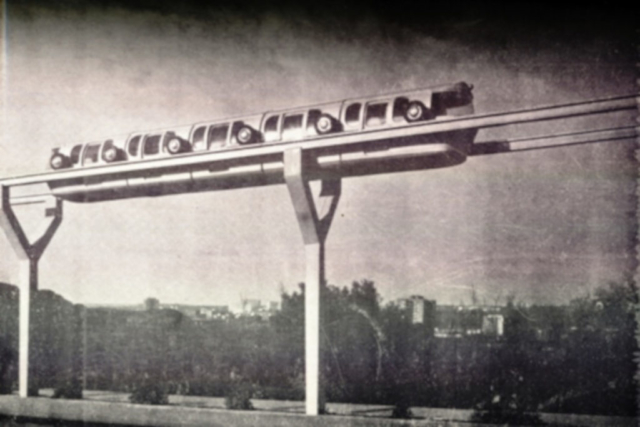
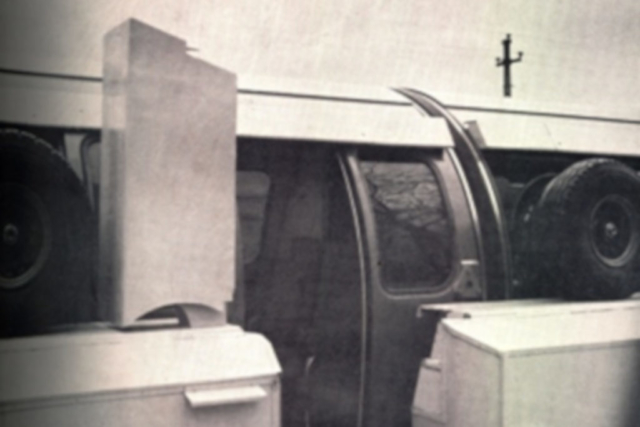
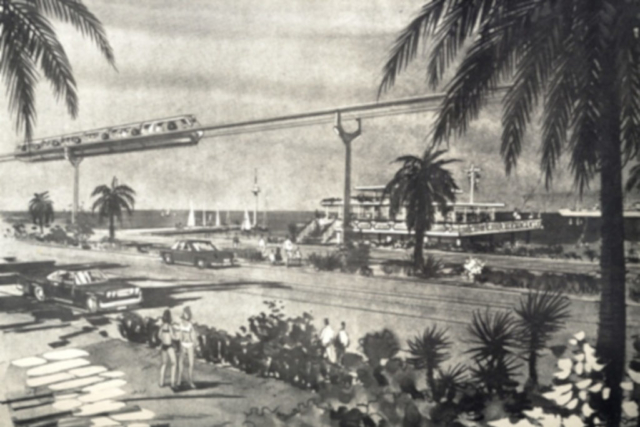
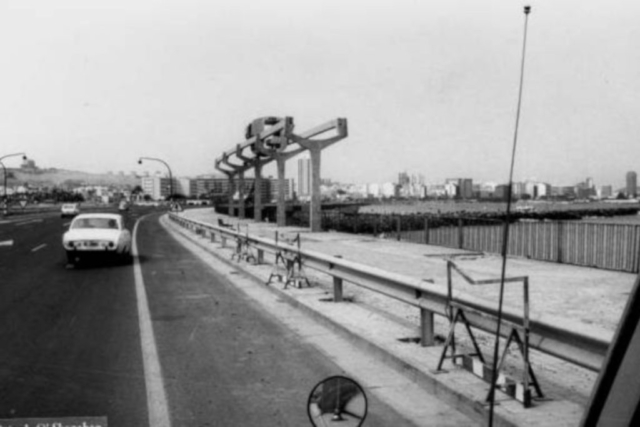
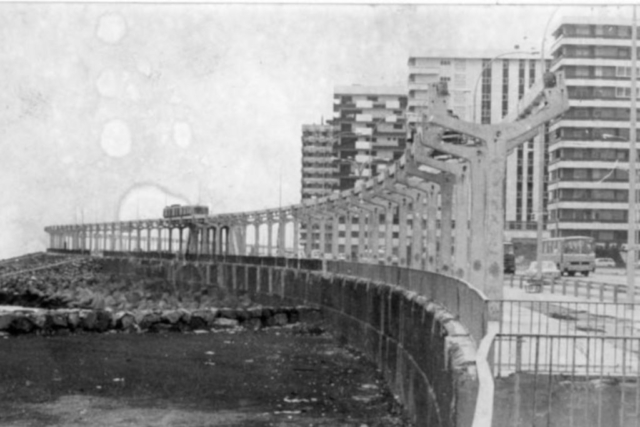
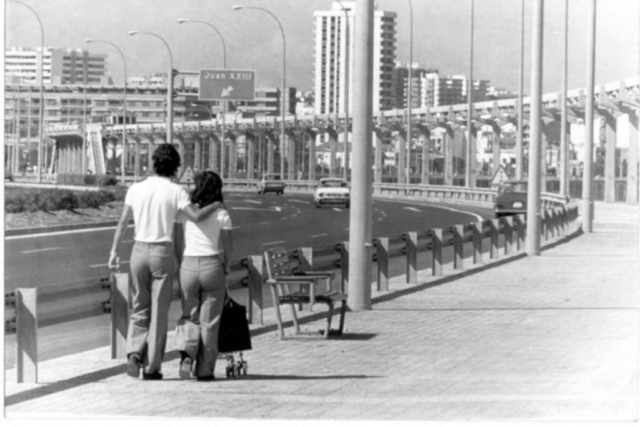
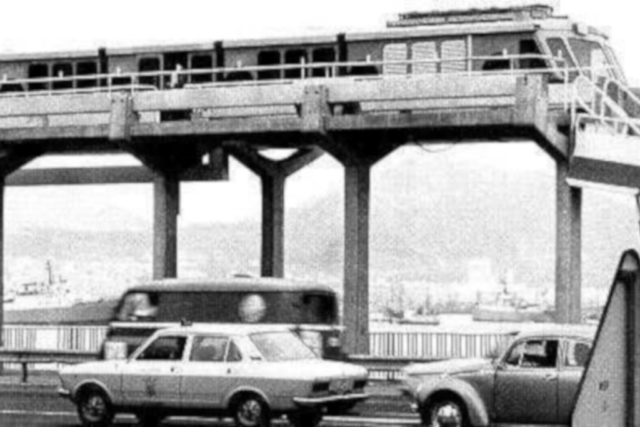
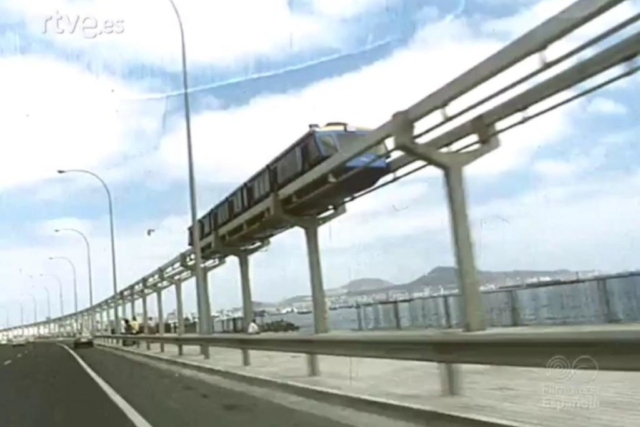
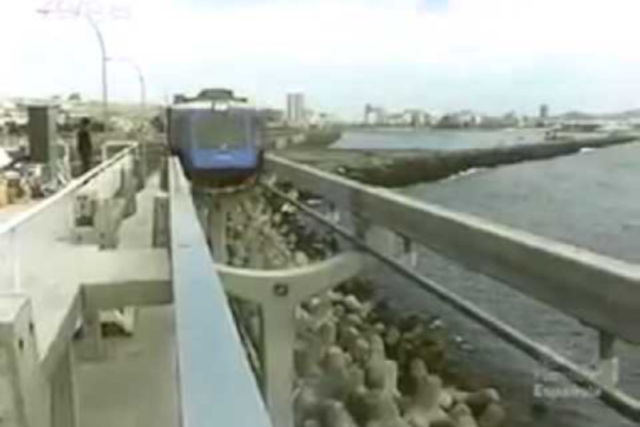
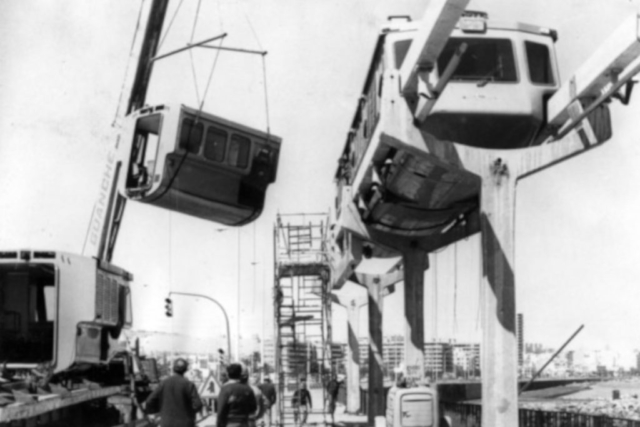
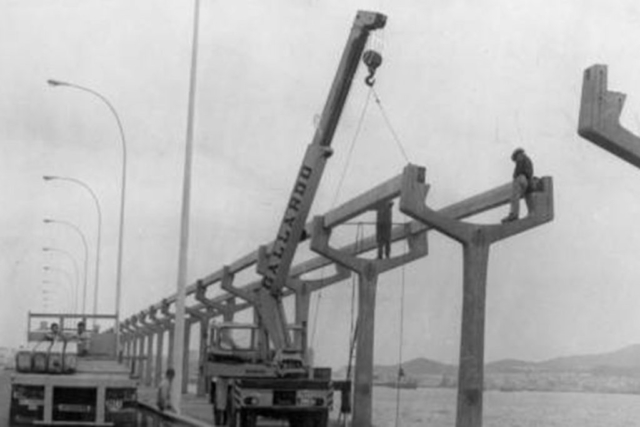
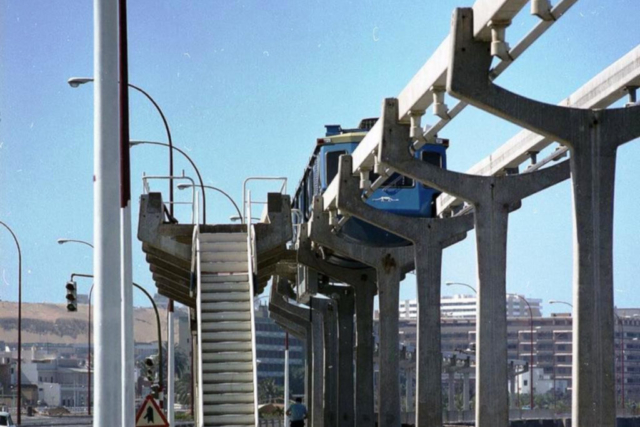

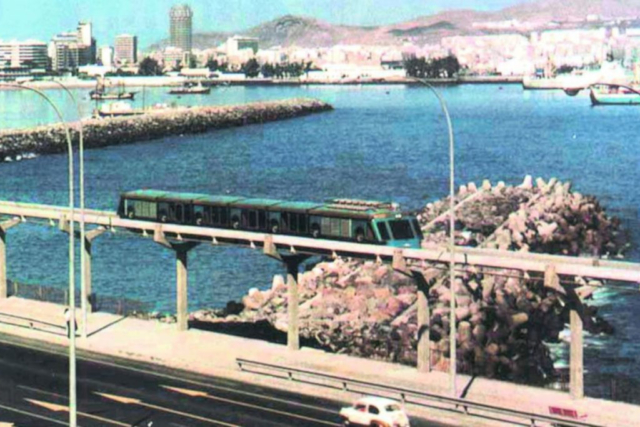
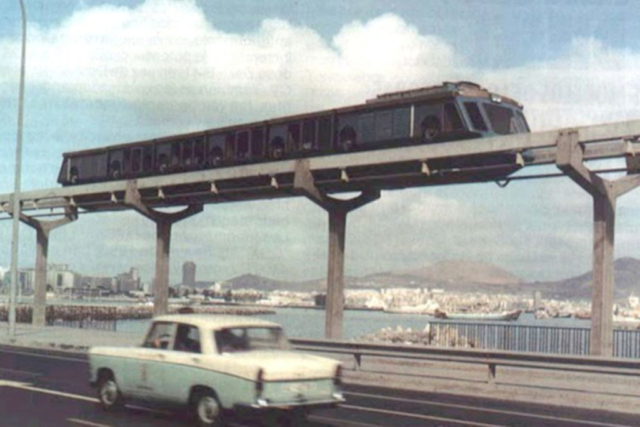
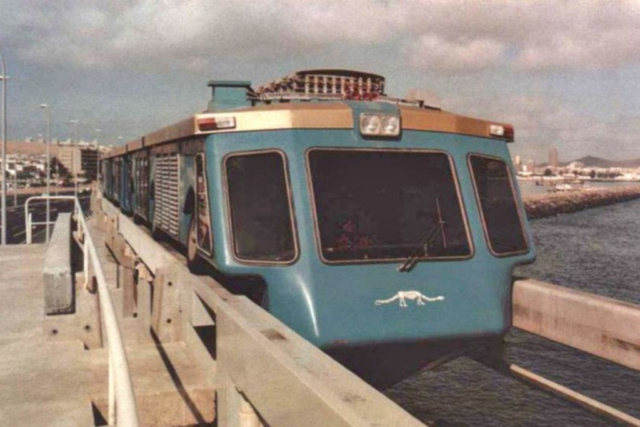



2024 and nothing has changed lobbies are killing everything that is not according to their plan.
Hello Martin, I have heard about this project earlier and have been several to Gran Canaria. I visited Gran Canaria for the first time in 1964 (11.5 h from Stockholm to Las Palmas on a DC-7). Then I/we have been the several times but I have never seen a trace of the project. The most closest time was 1968 an in 1976. By that time I visited Playa Ingles, San Augustin and Mogan. How could I have missed the construction work, I used to vist Las Palmas either by bus or by car.. To tear it down must have been rather easy. Anyway thank you for this article incl images.
Best regards
Tony Edlind
Sweden.